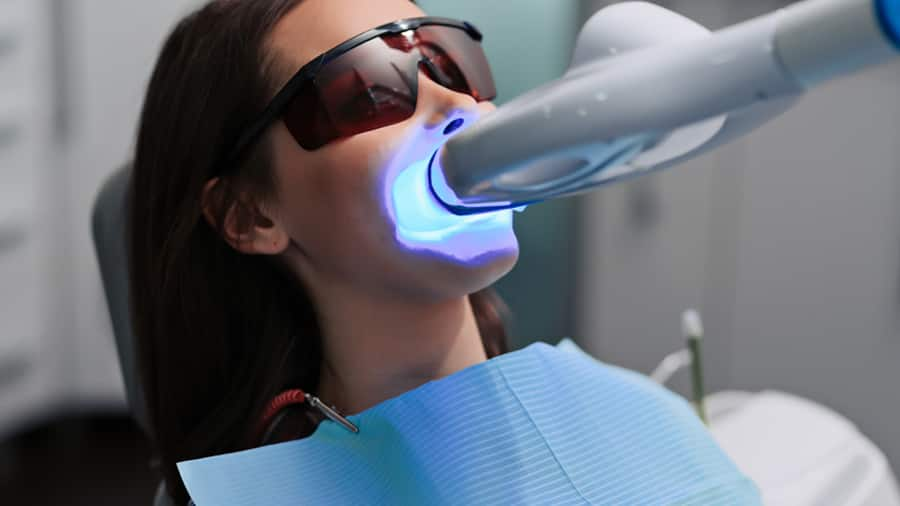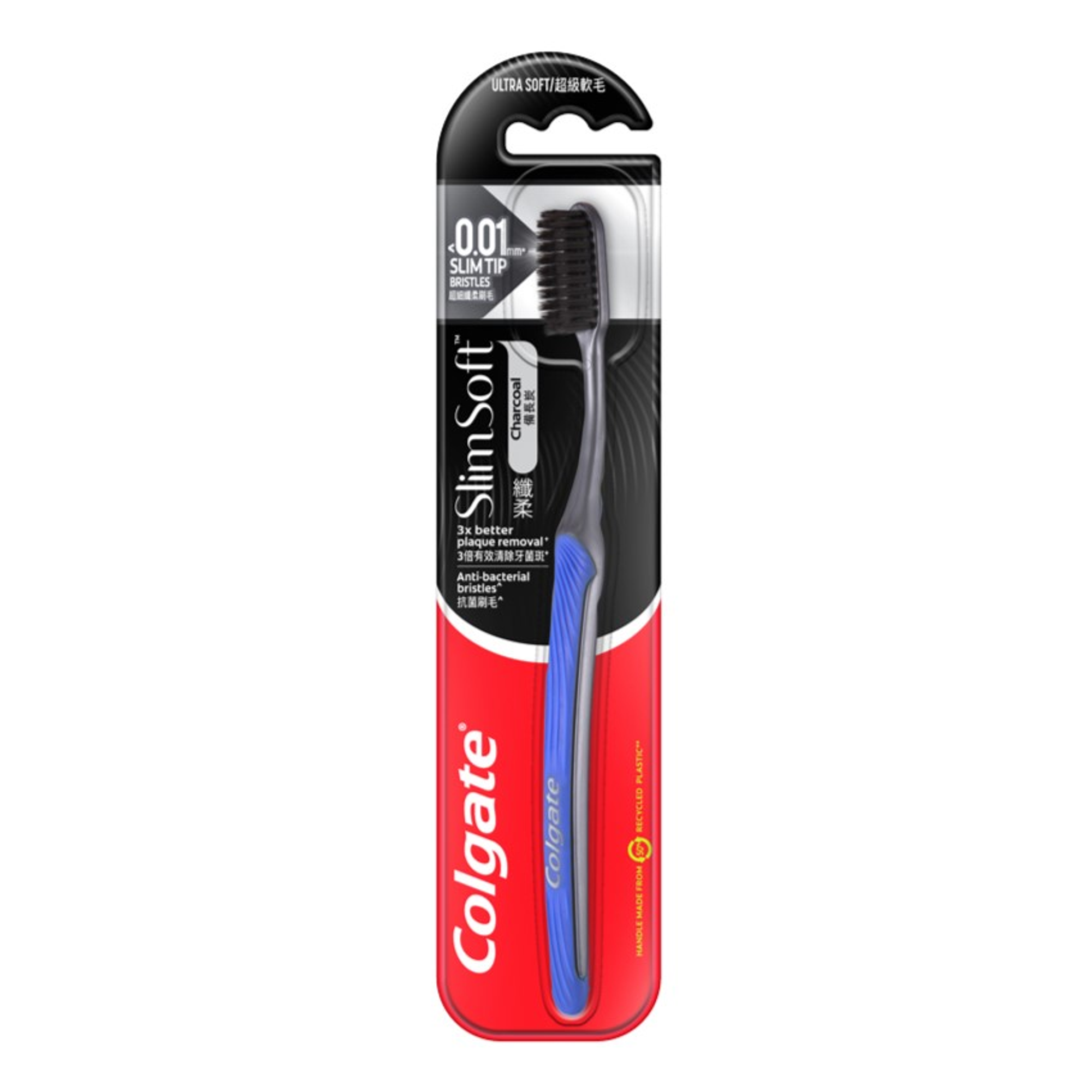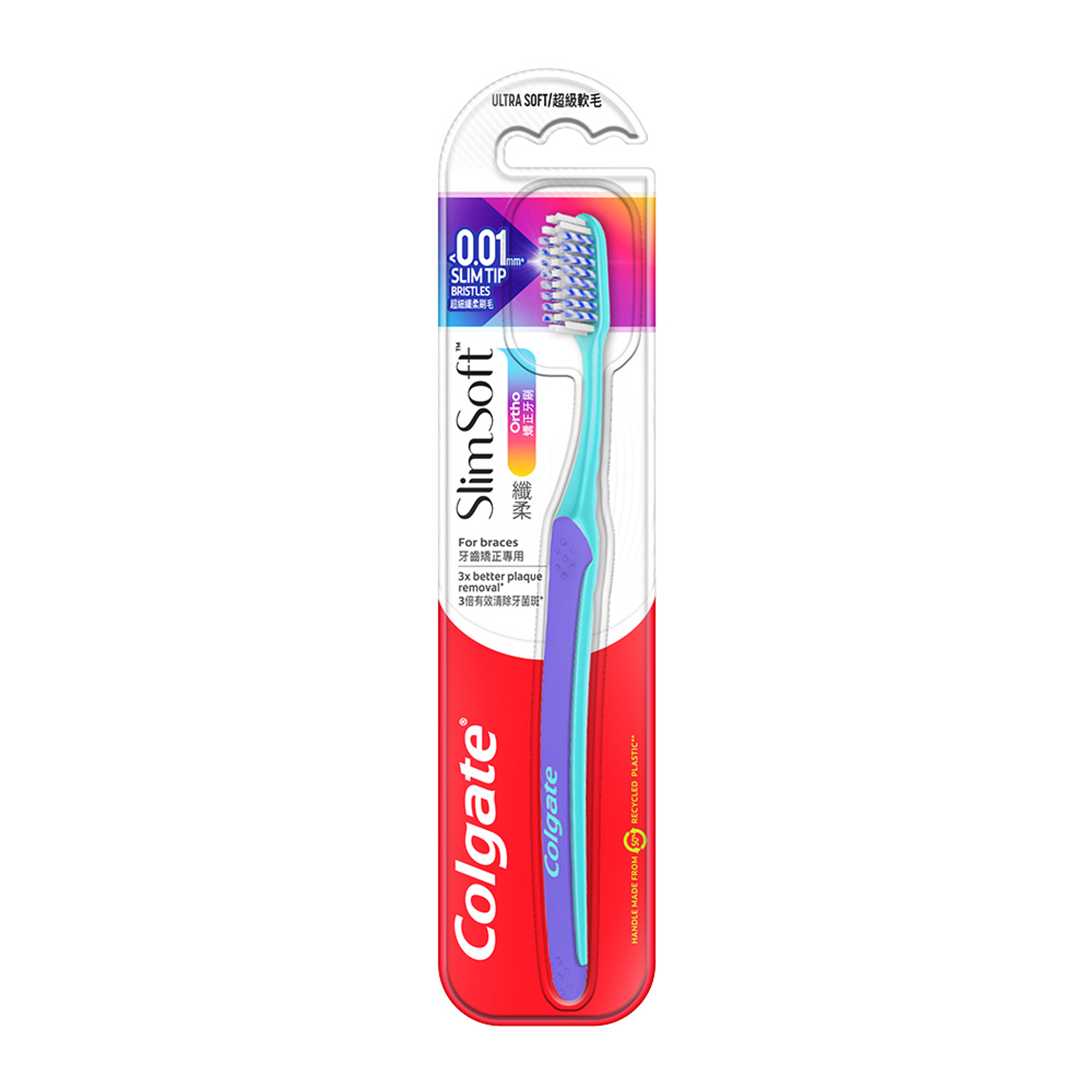-
-

FLUORIDE
Discover how stannous fluoride toothpaste prevents cavities and other oral health issues. Learn the key benefits of fluoride for teeth and its best uses.Fluoride plays a vital role in oral healthcare...

TEETH WHITENING
Teeth Whitening Serum for a Brighter, Confident SmileWho does not want whiter and brighter teeth? Thanks to the many teeth-whitening products available today...
-
Science & Innovation
- ORAL HEALTH ASSESSMENT
- Colgate® | Toothpaste, Toothbrushes & Oral Care Resources
- Oral Health
- Early Orthodontics
- The Crossbite Effects and The Treatments | Colgate SG


A crossbite is often present in childhood and doesn't correct itself as the patient ages. The misalignment can be between the front teeth or back teeth or both, and the effects on your health can be serious.
When Your Bite Isn't Right
In a normal bite, the upper teeth sit a little outside the lower teeth at the front and back and on both sides of the mouth. So when the two rows of teeth don't meet correctly, it's considered a malocclusion, referred to as a bad bite and should be corrected. The two types of abnormal bites are anterior and posterior.
Cochrane defines a posterior crossbite as one where the top back teeth bite down inside the bottom back teeth. One to 16 percent of children have a posterior crossbite before their permanent teeth erupt.
The second classification, anterior, according to Contemporary Clinical Dentistry, results when the palate forces the upper front teeth to sit behind the lower front teeth. The journal reports that the rate of anterior crossbite is 4 to 5 percent.
Effects of a Misaligned Bite
When your bite is misaligned you're more likely to suffer dental problems and other health and emotional issues. The effects of a misaligned bite include tooth decay, gum disease and stress on the jaw muscles, which leads to headaches and chronic jaw, neck, shoulder and back pain.
Cochrane mentions teeth grinding and abnormal growth as a result of a misaligned bite. If the condition isn't corrected, the face can grow asymmetrically. As a result, a child or teenager may endure teasing at school and suffer from low self-esteem.
Treatments
The best time to correct a misaligned bite is as a child or teenager, but there are treatment options available to adults. Treating the condition involves adjusting the teeth, palate or jaw with orthodontic appliances.
- Palatal or maxillary expander: An orthodontist attaches a device that is placed on the palate and attached to the upper teeth that gradually widens the upper palate by the regular turns of a special key on the device. Palatal expanders are most effective in children, whose palates are still growing.
- Removable expander: A device that adults can wear at night to widen the upper palate when only minimal expansion is needed.
- Surgically assisted rapid palatal expansion: A surgeon conducts a surgical procedure to intentionally break the jaw bone in several places, and after surgery the patient wears a custom-made device. This surgery allows for a wider expansion of the upper palate than palatal expanders provide.
- Braces: As a treatment by itself or after palatal expansion, braces straighten and fix the upper and lower teeth to achieve an aligned bite.
While receiving treatment for a misaligned bite, keep your teeth clean to reduce the risk of cavities. Brush twice a day and floss once a day, and use an antibacterial mouthwash, such as Colgate® Advanced Pro-Shield™ Mouthwash, to help prevent plaque from building up in areas of the mouth that are difficult to reach.
Crossbite increases your risk of many dental problems, and it can affect your jaw, neck and shoulders. Though the condition is most effectively treated in children, don't let that stop you from approaching a dentist or orthodontist for advice. With the right treatment, you can correct your misaligned bite.
Related Products

Helping dental professionals
More professionals across the world trust Colgate. Find resources, products, and information to give your patients a healthier future









